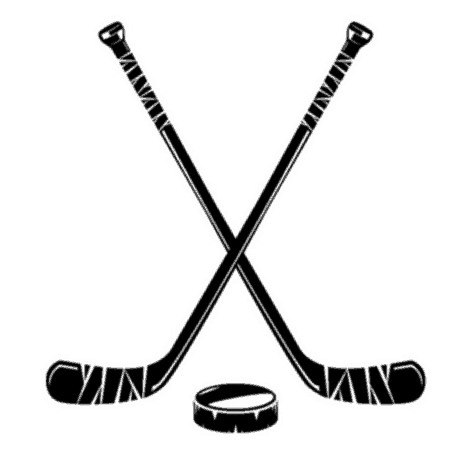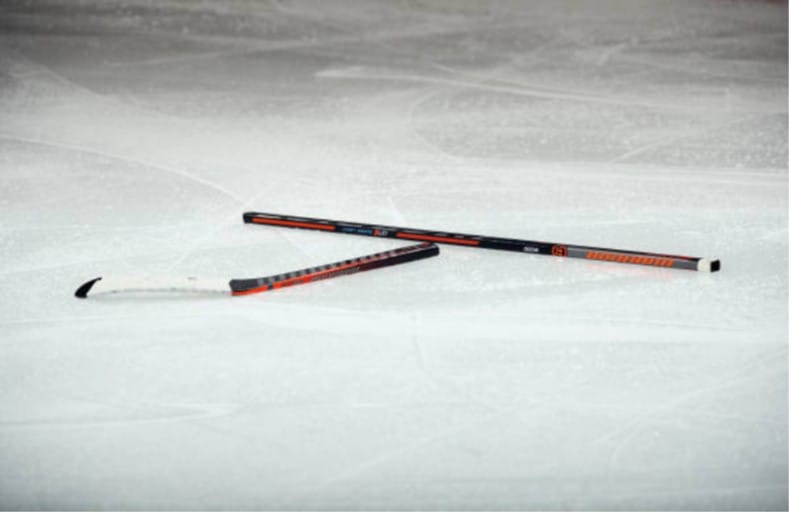We’ve all seen it. A player winds up for a slap shot and their stick explodes when it hits the ice. Do all sticks break easily?
Hockey sticks do not break easily. If you pick up a stick and try to bend it and break it, you will not be able to break the wood shaft very easily. Although it happens in most NHL games, it is actually difficult to break a stick. There is a science to how sticks break during a slap shot.
If is hard for sticks to break, why does is it common in NHL games for players to shatter the shaft of their stick?
Why do Hockey Sticks Break?
Hockey sticks break because of the built-up energy used to swing the stick towards the ice combined with the force placed on the stick. First, we need to understand the mechanics of the slap shot.
The science behind a slap shot is similar to a slingshot. When getting ready for a slap shot, the player winds up and begins his to bring his stick down towards the ice. The bottom hand on the stick pushes down, forcing the stick on the ice an the stick hits the ice 5 inches behind the puck.
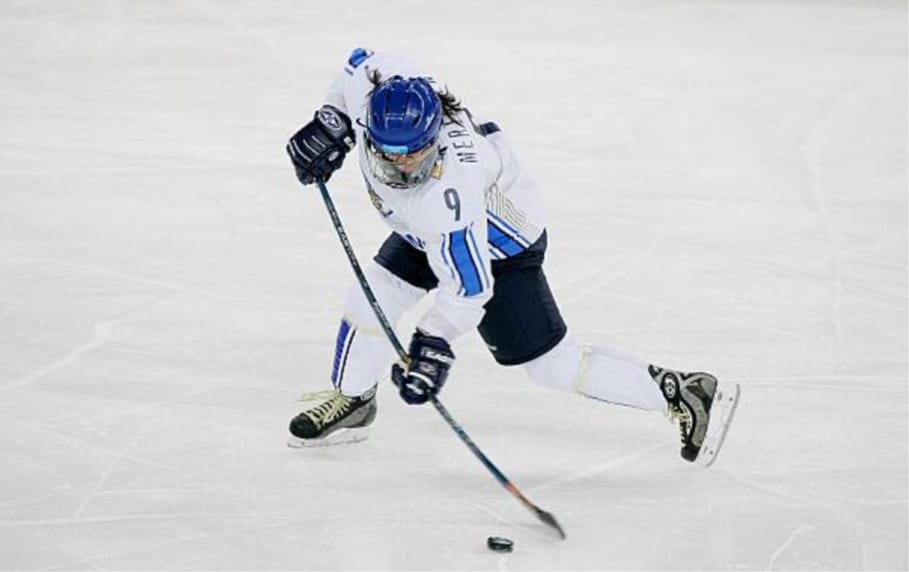
You can see in the above picture the bend of the stick as it hits the ice, and that pent up energy ready to be released. The goal is to bend the stick as much as possible. The more bend in the stick, the more energy and power is built up and released. The more power, the faster that pucks jumps off the ice and flies towards the goalie.
This video shows you the science behind the slap shot so you can see and understand why sticks break under immense pressure. If they made sticks unbreakable, the stick would not be a very effective tool.
If you watch a slow-motion video of an NHL player hitting a slap shop, it will surprise you how much the stick actually bends without breaking. Alex Ovechkin has one of the hardest slap shots in the game, and this quick video slows his shot down, allowing you to see how much his stick actually bends when shooting.
Sticks are made of different materials. How quickly a stick will break depending on the makeup of the material. After many slap shots, the stick will become weak and eventually snap during use. Players will choose the firmness of their stick based on how they play the game.
What are Hockey Sticks Made of?
At first glance, hockey sticks are made of wood. As this is true, they are not solid wood and have evolved over the years. In general terms, they are made of composite wood, graphite, and fiberglass. Stick manufacturers want to produce a product at the intersection of bend, durability, and lightweight.
As you can imagine, the first hockey sticks were all wood, carved out of trees. This is where they get the name ‘stick.’ Specifically, they were made from Hornbeam trees in Canada because of the durability that comes from the wood. It was not until the 1920s when they started gluing the stick blade and the shaft together.
In the 1980s, players went through a phase of using aluminum shafts. Aluminum is very light to carry around on the ice, but the players did not like the performance of the sticks because of the lack of ability to bend it on a shot. In the 1990s, players started using materials that are found in sticks today because of the malleability nature of the stick.
In today’s game, sticks are made with many different materials, sometimes even 15 different sheets of material glued together. Players can control their sticks better, thus being more accurate with the puck on a shot or pass. The unintended consequence of these sticks is how often they break.
What Happens to Broken Hockey Sticks?
When a player breaks his stick, he must leave it on the ice. For obvious safety reasons, as soon as the player recognizes his stick is broken, he must drop what is left in his hand and play on. If he tries to pick it up or play with a broken stick in hand, a penalty is called and play is stopped.
A player will do one of two things when their stick breaks; they will either skate quickly to the bench and grab a stick from a teammate and continue playing or guard the player they are on. Most of the time they will play without the stick. Players would rather be a physical presence on the ice than not one at all by scurrying back to the bench for a few seconds to grab another stick. In some cases, the players on the ice will even hand their stick to the player that just broke his stick.
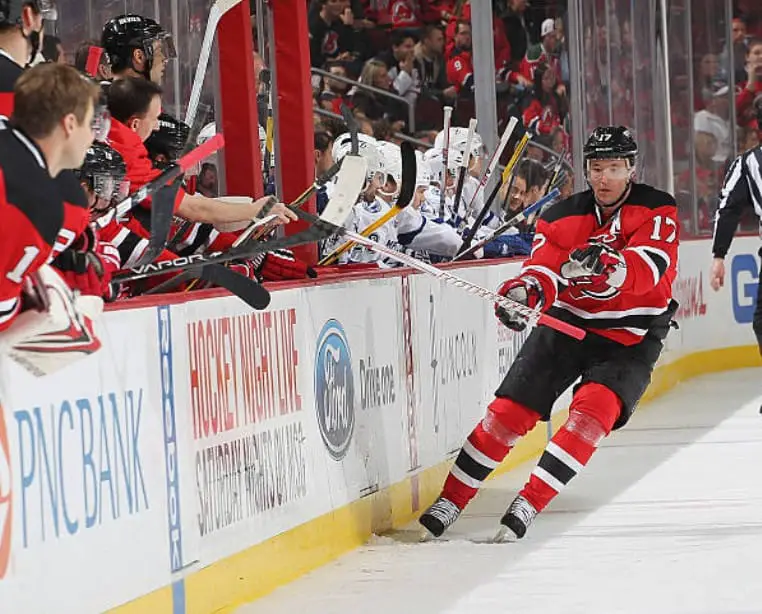
When the stick breaks, the officials are in charge of picking it up to remove it from danger’s way. Any foreign object on the ice the refs will pick up and skate over to a bench or put it in their pocket. They will not skate in the middle of a play and disrupt anything, but if they are able to grab it from behind the play to remove it from the ice, they will. This is up to the discretion of the official. There are no rules about playing when a broken broken stick is on the ice or any equipment for that matter. If the puck hits scattered equipment on the ice, play the goes on as if someone deflected it.
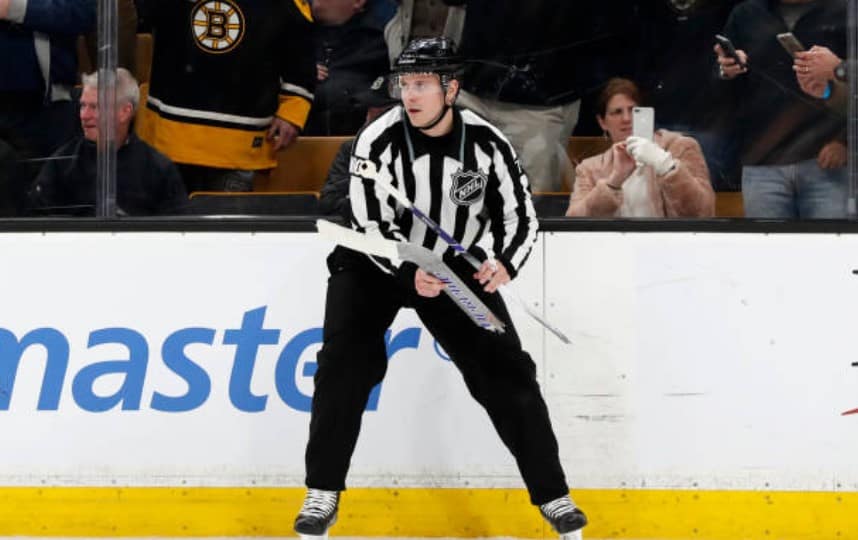
How Many Sticks Does a Hockey Player Use in a Season?
In the NHL, a player will use 200 sticks if he plays all 82 games. That is a lot of sticks. When players break their stick, obviously they grab a new one. Some players are in the habit of playing with a new stick every game whether they need a new on or not.
Breaking the number down per game, it comes out to about 2.5 sticks per player. That becomes expensive for the person fitting the bill for 200 sticks a year per player. There is a subtle conversation that has gone on for years regarding who should pay for that equipment- the player or the organization.
In recreation hockey, you will need 2-3 sticks per season, depending on how you play. If you play rough and take a lot of slap shots, your stick is going to break. It could even be a fluke of someone stepping on your stick and the blade breaks in half. It happens! Be prepared.
How Much does a Hockey Stick Cost?
Hockey sticks cost $200. Like any other equipment on the market, there are many different types and qualities of products that you can buy. If you are buying the best sticks on the market, they will retail for more than $200. Hockey has a reputation for being an expensive sport, and stick pricing is a reason why.
If you are playing recreational hockey, you will need a few backups on hand in case your stick breaks. Even though slap shots are the main cause of a stick breaking, there are more reasons your wood could snap. General wear and tear on your stick will start to wear down the integrity of the stick, eventually causing it to break with only a small amount of pressure.
At the NHL level, players have equipment agreements with certain brands, but a well-known issue within the hockey community is the stick budget for the season. Many owners and GMs on the operational side of the organization know this line item is not a fun number on the balance sheet.
NHL teams can spend $300,000 a year on hockey sticks. That is a lot of money to spend on one piece of equipment. In the 2012 bargaining agreement, the owners had discussions about players paying for their own sticks. If that is the cost for sticks, imagine the cost for the rest of the equipment. The total cost of gear a player is wearing at one time is pushing $1,500. That gear does not last very long and is constantly being replaced.
NHL hockey players do have sponsorship deals with many hockey brands, where the players are getting paid to wear their equipment. This saves their organization thousands for every player that is sponsored. It is hard to get down to the bottom of sponsored players versus not to figure out total gear cost for a franchise every year. Another big costs are the goalies. Teams can pay upwards of $30,000 in gear for the entire season.
